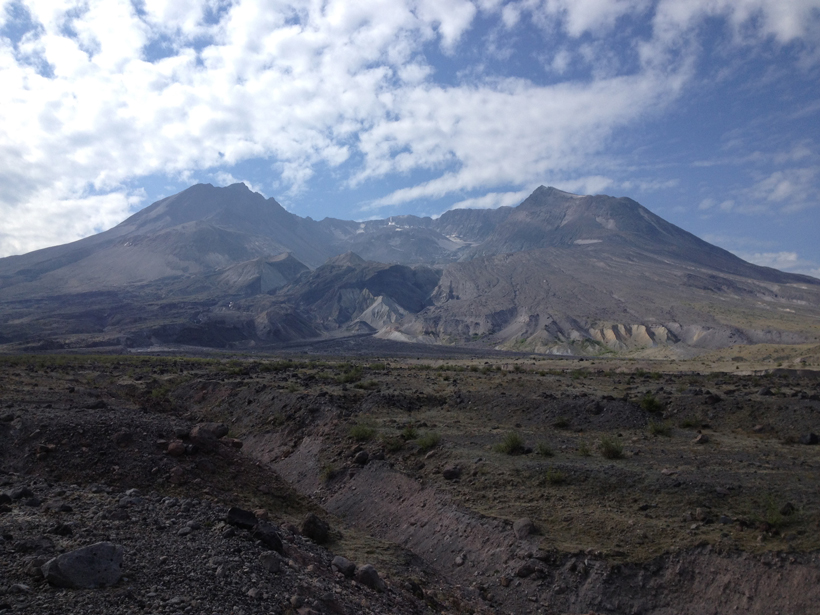Source: Geochemistry, Geophysics, Geosystems
The basic idea behind the field of paleomagnetism is that certain iron-bearing minerals can record the orientation and intensity of Earth’s magnetic field as they cool below a threshold Curie temperature, which is characteristic to each mineral. Recent studies, however, have shown that for some iron titanium oxides, Curie temperatures can vary by up to 150°C because of a reordering of atoms within the crystal structure. This can happen at surprisingly moderate (300°C to 500°C) temperatures and over short timescales of just hours to days.
These findings suggest that rather than being a fixed property, the Curie temperature can be altered during the process of measuring it in a laboratory. This affects the “reading” of the natural remanent magnetism, the record of Earth’s past magnetic fields imprinted in rocks.
To gauge potential methodological complications inherent in recent studies, as well as implications for previous experimental results, Bowles and Jackson modeled the effects of Curie temperature variations due to the reordering of natural iron titanium oxides within samples in two types of paleomagnetic experiments. Their results indicate that changes in Curie temperature during the experimentation process—which involves heating the rock sample—make it impossible to accurately determine the unheated sample’s associated “blocking” temperature.
Below the Curie temperature, a material acquires the ability to carry a remanent (permanent) magnetization. But that magnetization is still easily altered until the material cools through the blocking temperature, at which point it becomes locked in and difficult to change. Characterization of blocking temperatures is important, for example, in applications that use paleomagnetic data to infer peak temperature of some thermal event in Earth’s history.
With respect to experiments designed to recover ancient field intensity, the authors found that the oxide reordering produced false negatives in tests designed to assess chemical alteration. This could lead scientists to reject experiment results that are, in fact, valid.
This study is one of the first to bridge the gap between empirical experiments and theoretical models and suggests that changes in Curie temperature associated with reordering may frequently contribute to the rejection of paleointensity experimental results. In practice, however, the team noted that this type of failure may be difficult to distinguish from other causes. (Geochemistry, Geophysics, Geosystems, https://doi.org/10.1002/2016GC006607, 2016)
—Terri Cook, Freelance Writer
Citation:
Cook, T. (2017), Explaining why some paleomagnetic results fail, Eos, 98, https://doi.org/10.1029/2017EO069915. Published on 22 March 2017.
Text © 2017. The authors. CC BY-NC-ND 3.0
Except where otherwise noted, images are subject to copyright. Any reuse without express permission from the copyright owner is prohibited.

